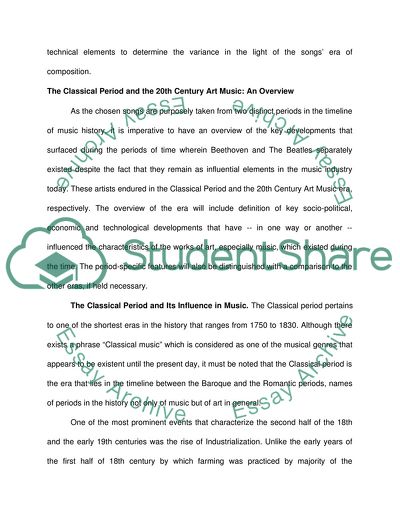Cite this document
(Examining Moonlight and A Hard Days Night Essay - 2, n.d.)
Examining Moonlight and A Hard Days Night Essay - 2. Retrieved from https://studentshare.org/performing-arts/1748134-analytical-essay
Examining Moonlight and A Hard Days Night Essay - 2. Retrieved from https://studentshare.org/performing-arts/1748134-analytical-essay
(Examining Moonlight and A Hard Days Night Essay - 2)
Examining Moonlight and A Hard Days Night Essay - 2. https://studentshare.org/performing-arts/1748134-analytical-essay.
Examining Moonlight and A Hard Days Night Essay - 2. https://studentshare.org/performing-arts/1748134-analytical-essay.
“Examining Moonlight and A Hard Days Night Essay - 2”. https://studentshare.org/performing-arts/1748134-analytical-essay.


